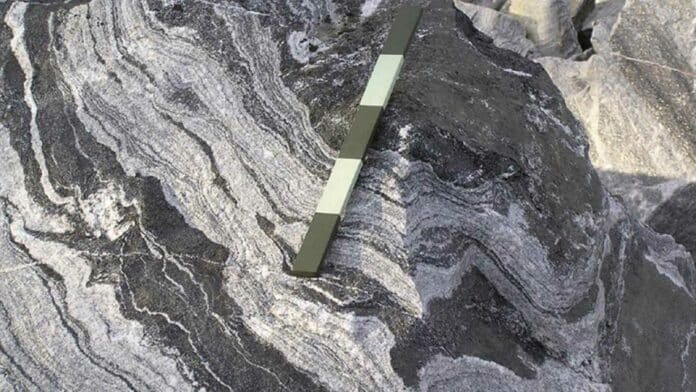The formation and growth of the tonalite-trondhjemite-granodiorite (TTG) crust during the Archaean era are crucial for developing the modern andesitic continental crust. Juvenile crust with TTG composition, added to the continental crust around 3.5 billion years ago, played a significant role in early crustal growth and cratonization. However, the petrogenetic processes, tectonic settings, and sources of TTGs still need to be better understood.
Researchers have faced challenges in understanding the processes that led to the formation of the TTG crust and the magmas from which they originated. Previous efforts focused on analyzing the trace element composition of these rocks to gain insights into the magmas and their sources.
Geoscientists have revealed a revised origin story for the development of continents, suggesting that the continents formed without the need for the initial onset of plate tectonics or external factors. The new explanation relies on internal geological forces within oceanic plateaus that emerged early in Earth’s history. Identifying the building blocks of Earth’s early crust, particularly the formation of TTG rocks during the Archean Eon, has been challenging for scientists studying continental formation.
Dr. Matthijs Smit, associate professor and Canada Research Chair at the University of British Columbia‘s (UBC) Department of Earth, Ocean and Atmospheric Sciences, said, “We tracked a specific set of trace elements that aren’t affected by alteration and pristinely preserve signatures from the original magma that made new TTG crust. These elements allowed us to look back through the chemical changes that TTG magmas undergo and trace the melt compositions back to their initial state and source—most likely a sort of gabbro.”
“Funnily enough, many people have varieties of this type of rock as a kitchen countertop. In a way, many people are preparing their dinner on the type of rock that was responsible for making our modern continents.”
The Archean TTG crust, which is still a part of today’s continents, has been explained by a new model proposed by geoscientists. This model suggests that the slow burial, thickening, and melting of precursor crust, resembling oceanic plateaus, led to the formation of TTGs and other associated rocks.
The researchers argue that this “intra-crustal” mechanism challenges the previous belief that Archean TTGs were formed in Earth’s first subduction zones and marked the initiation of plate tectonics.
Dr. Smit said, “There’s always been a ‘chicken-and-egg’ question of which came first—the start of plate tectonics or TTG magmatism to make new continental crust. We show that these things may not be directly related. The recognition of the source rock type makes this leap possible and also takes away the need to have other mechanisms, such as meteorite impact, explain the growth of the first real continents.”
For the study, the team used all the TTG samples ever analyzed—samples from Archean cratonic fragments exposed worldwide. They then filtered out local anomalies and analytical issues and got at the actual trends in composition that the rocks captured. The study used a huge volume of data, now available in the open-source Geochemistry of Rocks of the Oceans and Continents geochemical data repository hosted by the Georg-August-Universität, Göttingen.
Journal Reference:
- Smit, M.A., Musiyachenko, K.A. & Goumans, J. Archaean continental crust formed from mafic cumulates. Nat Commun 15, 692 (2024). DOI: 10.1038/s41467-024-44849-4
